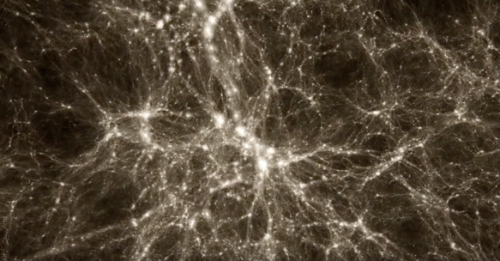Black holes, with intense gravity that even light cannot escape, have long intrigued astronomers and physicists. These black holes often lie at the center of galaxies, gradually pulling in stellar material. Previous research found proof of a positive correlation between black hole mass and surrounding stellar mass, but the cause of this correlation was unknown. Angelo Ricarte sought to elucidate the causes of the correlation along with a team of researchers—including Yale Professor Priyamvada Natarajan and Postdoctoral Fellow Michael Tremmel as well as University of Washington Professor Thomas Quinn. To study the connections between black hole and stellar formation rate, they used the Romulus simulations, cosmological simulations that compute the formation of galaxies and dark matter from the Big Bang to the present day.
The results were striking. The team found that the black holes and their host galaxies seemed to co-evolve, regardless of their masses, ages, or environments. “About 70 percent of the variations in black hole accretion rate can be explained by just three galaxy properties,” Ricarte said. These properties are: star formation rate, black hole-to-stellar mass ratio, and cold gas fraction. Overall, this means that the growth rate of a black hole roughly matches the growth rate of the stellar mass of its host galaxy. However, it is also known that if a black hole becomes too large for its host galaxy, its growth rate will decrease relative to the galaxy, and vice versa. There is no doubt that such a discovery will play a pivotal role in future research that explores the formation, growth, and function of black holes.

